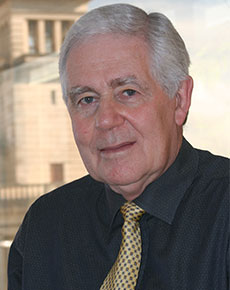Community engagement a problem in improved Auckland Council

A new report on the state of governance of Auckland has been released by the Committee for Auckland.
“The Governance of Auckland: 5 years on”, commissioned from The Policy Observatory at AUT University, looks at whether the new council structure has delivered on the aims of the local government amalgamation reforms.
The report found that the unitary structure has significantly addressed the issue of a weak and fragmented regional governance system. Addressing the Auckland-wide infrastructure deficit and engaging with central government are more possible under the new model.
Despite some negative media coverage, the council is on the right track for Auckland. Significant restructuring is not warranted and it would be costly and disruptive.
Many issues with council can be solved within existing structures, although there is room for some adjustments. The key issue is community engagement, and the ‘local’ dimension needs work. The size and complexity of Auckland Council governance may well be alienating for many members of the public.
To fix Auckland’s physical and social deficits, engagement at the neighbourhood level needs to be strengthened. Local boards need greater involvement in decision making. They lack power, profile and respect. Not enough is known about how local boards engage with communities. People don’t yet feel they can participate in the democratic process. Also, amidst population growth and diversity, representation ratios are poor, needing attention.
There is tension between the local ward representation and voter base of councillors, and the regional focus of the body. The mechanism for Māori inputs raises questions of transparency and accountability.
In recognising that there are on-going pressing issues to sort, the report is positive on Auckland’s new governance. Committee for Auckland Executive Director, Heather Shotter says: “The unitary council is the right model, but the links between the governance body and its structural elements needs to be sorted out sooner not later. Work is needed to strengthen, in particular, the power, role and participatory mechanism of local boards as representatives of their community. Population growth and diversification ups the ante for ensuring residents and ratepayers can influence decisions over their future.”
Professor Ian Shirley, Director of the Policy Observatory at AUT says the report shows Auckland has come a long way.
“There is a unified rating system and a single integrated plan to guide investment – a major contrast with the eight regional and local plans that dominated Auckland’s planning landscape prior to the reforms," he says.
The report acknowledges that “major challenges remain” with the authors noting it was probably unrealistic to think that changing the governance of the region would automatically resolve outstanding issues such as transport, housing and the infrastructure deficit.
The report on council structure did not extend to the council administration, but Ms Shotter says that an independent review of this is needed over the next 18 months to give ratepayers the comfort that the city is operating efficiently.
“We want to see independent benchmarking of the city’s progress. The council has to stay on course to achieve the long-term goals in the Auckland plan. This report is a first step in that direction,” she says.
The full report is available at The Policy Observatory website.